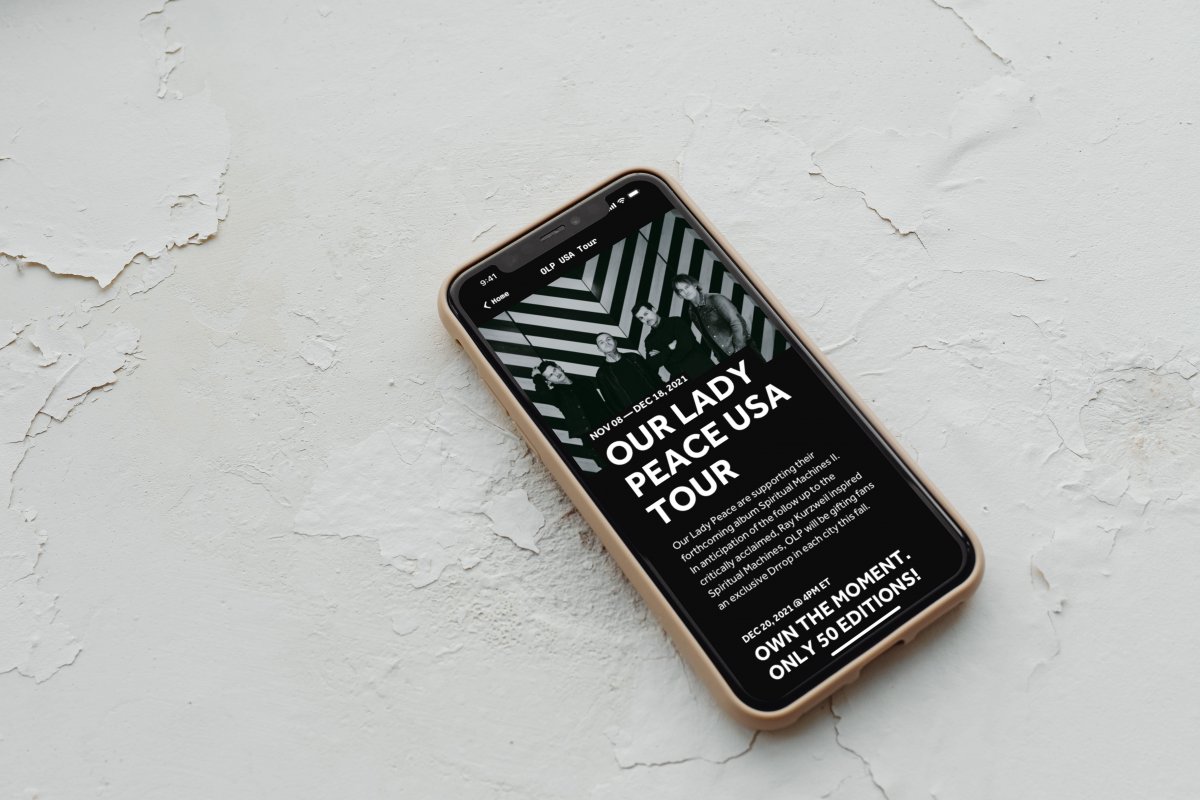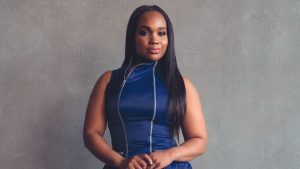[vc_row][vc_column][vc_column_text]If your hobbies include investment, cryptocurrency, or simply internet culture, you’ve likely come across the term NFTs (Non-Fungible Tokens). And if you have, you’ve most likely heard widely differing opinions. There seem to be two very strong popular camps of thinking:
- It’s a new wave of legitimate investment with countless opportunities.
Or
- It’s a blatant scam.
If you haven’t, NFTs sound far more intimidating and complex than in actuality. All they are is saved digital data inside a file with a unique signature code. NFTs can come in the form of anything, really. But the most prevalent pieces in the mainstream are the likes of short videos (such as LeBron James dunking in-game) or images of art. Today, even old tweets are selling for millions of dollars.
Regardless of your stance on the legitimacy of these digital snippets, we can’t overlook that they’re seemingly here to stay. While most people are aware of the speculative financial value of these digital assets, not everyone sees them as a means to simply make money. We are seeing the growing phenomena that are NFTs evolving to become a vessel that can help spark communities, with the most intriguing pursuits taking place within the music industry.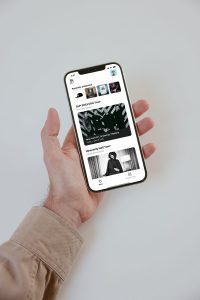

Artists such as Raine Maida are expanding what the NFT space can be by using new apps like Drrops. The digital platform is multipurpose in that it aims to both help artists financially and build fan engagement by recognizing loyalty through things like limited-edition NFTs.
“We are just trying to reward fans who come to the shows,” Maida explained.
An example of one such reward was a remix by Billy Howerdel of “Stop Making Stupid People Famous,” which certain fans received who signed up for the app.
“So, we just figured, we’re going to create this digital asset, do a limited edition at every show of 100 or 300 depending on the size of the venue, and just have some fun with it,” said Maida.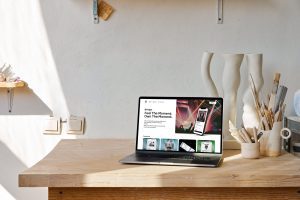

You might think the onset of COVID-19 inspired Drrops to bridge the gap between artists and their fans. However, Maida explained the app was in development before the world turned upside down. Instead, the inspiration came from Maida’s own experience in the music industry.
“I’ve literally lived this paradigm shift in the music industry, from physical to digital […] and all along the way in my journey of music, there’s always been barriers,” the Our Lady Peace lead explained.
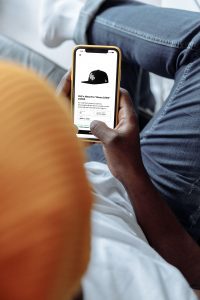

“So, my whole premise was how can I connect with fans, like what can I build as a utility that fans appreciate and understand, but lets me talk with literally without anyone in the middle, and that’s really Drrops,” said Maida.
The real difference between Maida’s online digital space and the rest of what the NFT space has to offer is the experience it offers its consumers. Through Drrops, it’s the artists themselves who reap the rewards while simultaneously engaging with fans directly.
And it’s not just bonus content in the form of NFTs for ticket-buying fans that Dropps’ users can expect, Maida stressed.
“As an artist, I want to know who’s there,” he explains.
We often think of a traditional concert as a unilateral experience, where the artist performs and viewers simply consume. However, Raine makes it clear that for artists like himself, knowing the presence of loyal fans is so important.
“If you sign up for Dropps [at a concert], we’ll know your presence was there,” Maida says. “If you show up in New York, we’re going to know that, if you come to Cleveland, we’ll know that as well. If I know that as an artist, I want to talk to that fan.”
In a realm so often viewed with scepticism and teeming with ambiguity, Raine and Drrops are simplifying the equation. Focused on removing the obstacles between an artist and their fans, Raine’s venture doesn’t seek to complicate the concert-going experience, but rather distil it into the purest connection. As for how Drrops’ might influence the music industry at large, like all NFT projects, the future is as uncertain as it is promising. But after decades of overpriced merchandise, criminally low streaming revenue, and an impersonal live show experience, it seems only natural that artists and audiences alike should look to cut out the middle-man.[/vc_column_text][/vc_column][/vc_row]


